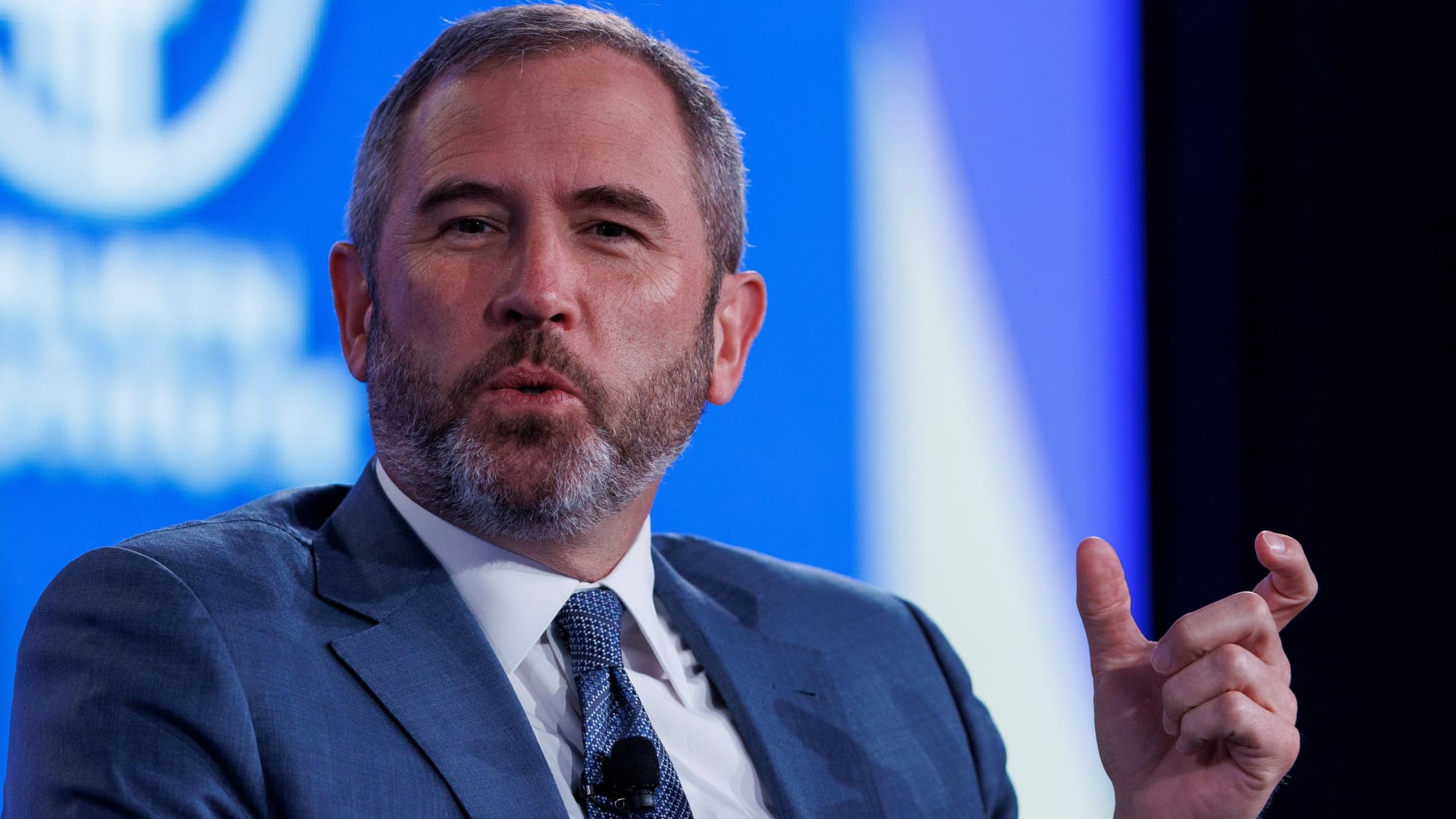What Do the Federal Reserve Banks Do?
:max_bytes(150000):strip_icc():format(jpeg)/GettyImages-699686820-a630c3fcc96441e1ab8a0d2441731efb.jpg)
Fact checked by Katrina Munichiello
:max_bytes(150000):strip_icc():format(jpeg)/GettyImages-699686820-a630c3fcc96441e1ab8a0d2441731efb.jpg)
Richard Sharrocks / Getty Images
In 1913, the Federal Reserve Act established the Federal Reserve System (FRS), an independent governmental entity that would serve as a central bank to the U.S. government.
The act formed a system of 8 to 12 Federal Reserve Banks spread across the United States in addition to the board of governors, the boards of directors, and the Federal Open Market Committee (FOMC). Together, the banks’ mission is to provide the nation with a stable monetary policy and a safe and flexible financial system, but what do the Reserve Banks really do?
Key Takeaways
- The Federal Reserve System in the U.S. conducts the nation’s monetary policy and regulates its banking institutions.
- The system is comprised of a minimum of 8, and a maximum of 12, regional reserve member banks, each focused on its particular geographical zone.
- The Federal Reserve banks are based in Boston, New York, Philadelphia, Cleveland, Richmond, Atlanta, Chicago, St. Louis, Minneapolis, Kansas City, Dallas, and San Francisco.
A Network of Regional Fed Banks
The 12 Reserve Banks oversee the regional member banks, protect regional economic interests, and ensure that the public has clout in central bank decisions. Although Federal Reserve Banks don’t operate for profit, they generate income from interest on government securities acquired through Fed monetary policy actions and financial services provided to depository institutions.
Each year, after accounting for operational expenses, the regional banks return any excess earnings to the U.S. Treasury. Overall, these regional banks are involved with four general tasks: formulating monetary policy, supervising financial institutions, facilitating government policy, and providing payment services.

Facilitating Monetary Policy
Regional banks enforce the Fed’s monetary policies by ensuring that all depository institutions—commercial and mutual savings banks, savings and loan associations and credit unions—can access cash at the current discount rate.
They also assist the FOMC and the Federal Reserve by contributing to the formulation of monetary policy. Each regional bank has a staff of researchers that collects information about its region, analyzes economic data, and investigates developments in the economy. These researchers advise regional bank presidents on policy matters, who then publicize the information to their constituencies to survey public opinion.
Supervising Member Institutions
The Board of Governors delegates most supervisory responsibilities over member institutions to the Reserve Banks, which are charged with conducting on-site and off-site examinations, inspecting state-chartered banks and authorizing banks to become chartered.
They also ensure that depository institutions maintain the proper reserve ratio, which outlines the proportion of deposits that must be held on reserve as cash. In addition, Reserve Banks are responsible for writing regulations for consumer credit laws and ensuring that communities can access sufficient credit from banks.
Servicing the Government
Reserve Banks also provide financial services to the federal government by acting as the liaison between the Department of Treasury and depository institutions. The regional banks collect unemployment, income, and excise taxes to deposit in the Treasury and issue and redeem bonds and T-bills in the specified allotments to retain the desired level of bank reserves.
Additionally, Reserve Banks maintain the Treasury Department’s transaction and operating accounts by holding collateral for government agencies to secure funds currently on deposit with private institutions. The banks also make regular interest payments on outstanding government obligations.
Important
Federal Reserve Banks implement monetary policy through lending to other banks. By raising or lowering its interest rates, the Fed can affect commercial activity throughout the economy.
Servicing Depository Institutions
Another duty of the Reserve Banks is distributing paper money to chartered depository institutions. Excess cash is deposited at the Reserve Banks when demand is light; when demand is heavy, institutions can withdraw or borrow from the banks. The regional banks have the electronic infrastructure to handle wire transfers, moving funds between its depository institutions.
In addition, the Reserve Banks are a check-clearing system that processes billions of checks annually and routes them to the correct depository institution. The Reserve Banks also provide automated clearinghouses that allow depository institutions to exchange payments to carry out payroll direct deposits and mortgage payments.
Explain Like I’m Five
The Federal Reserve is a system of 12 regional banks that act together to set the monetary policy of the United States. But you can’t open an account with a Federal Reserve Bank: Their only customers are government bodies and other banks.
Federal Reserve Banks are responsible for supervising the banking sector. They also hold deposits and make loans to other banks. By raising or lowering the interest rates on their loans, they can speed up or slow down economic activity throughout the rest of the economy.
Where Are the Federal Reserve Bank located?
The 12 banks are located in:
- Atlanta
- Boston
- Chicago
- Cleveland
- Dallas
- Kansas City
- Minneapolis
- New York
- Philadelphia
- Richmond
- San Francisco
Who Owns the 12 Banks of the Federal Reserve?
The Federal Reserve system isn’t owned by a person or a company. It is controlled by a Board of Governors in Washington, D.C., as an agency of the federal government. However, each Federal Reserve Bank is set up as a private corporation, and its shareholders are member banks. Unlike most corporations, member banks cannot sell or pledge their shares of a Federal Reserve Bank.
How Does the Federal Reserve Control the Economy?
The Federal Reserve has a number of tools for implementing monetary policy, but the most important one is setting interest rates. Eight times a year, the Fed’s open market committee (FOMC) meets to set its target interest rate, and the Reserve Banks implement that target rate in their loans to member banks. Those rates then impact the cost of borrowing throughout the economy. Lower interest rates encourage more economic activity, while higher rates tend to slow it down.
The Bottom Line
Often called a bank for banks, the Federal Reserve system supports member banks and cultivates safe banking practices. Many of the services provided by Federal Reserve Banks are similar to the services of ordinary banks, except that the customers are banks rather than individuals or business customers. Reserve Banks hold cash reserves and lend to depository institutions, circulate currency, and provide payment services to thousands of banks.
Without these regional banks, the Federal Reserve couldn”t implement its policies or govern the thousands of depository institutions. They are the fiscal agents and the operating arms of the central bank.









